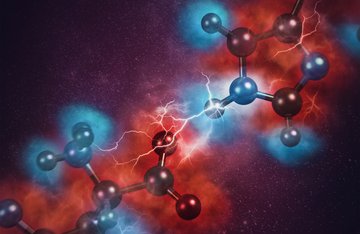Materials And Life Science Applications
Advancements in electron optics and automation are among the key factors that have enabled Transmission Electron Microscopy (S/TEM) to achieve subatomic resolution in Materials Science. At the same time, TEM is becoming more widespread in Life Sciences applications, too. More and more protein structures are being resolved using cryoEM and other electron techniques. A lot of effort is dedicated to developing new methods that will reduce (or prevent) sample damage through faster acquisition times or lower dosages. The most demanding applications are always pushing technology further. Although electron sources are brighter, electromagnetic lenses are more stable, and aberrations get corrected, there is still room for improvement in the detection part of an electron microscope.
To advance TEM applications further, DECTRIS adapted its hybrid-pixel technology, which is well-established in the X-ray community, to direct electron detection. Due to significant steps forward in readout speeds and count rates, these detectors can be used in the most demanding Materials Science applications.

Electron Diffraction (microED)
Our hybrid-pixel electron detectors enable unprecedented data quality and super-fast readout for high-throughput, shutterless data collection. No crystal will be left behind.
Read moreElectron Energy Loss Spectroscopy (EELS)
Get a full electron energy loss spectrum in one go, thanks to simultaneous acquisition of the Zero-Loss-Peak (ZLP) and core levels. This is enabled by the high dynamic range of hybrid-pixel detectors.
Read moreFour-Dimensional Scanning Transition Electron Microscopy (4D STEM)
Many 4D STEM techniques, from virtual STEM to ptychography, benefit from the ultra-fast frame rates of hybrid-pixel detectors. Acquisition is now possible at the native speed of a conventional STEM measurement (a 10-µs dwell time).
Read more



